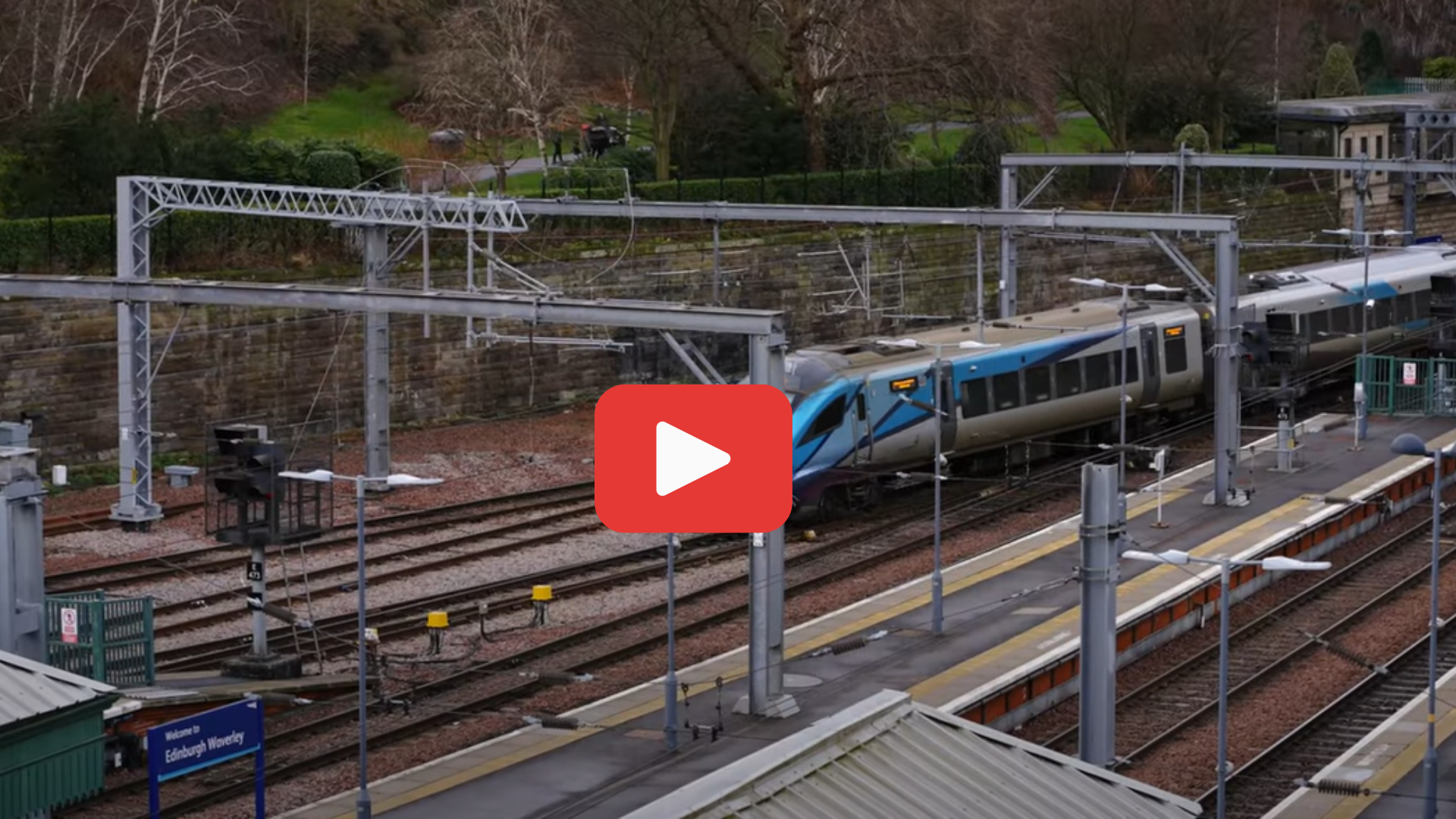We regulate Network Rail’s stewardship of the rail network: for funders, train companies and their passengers, freight operators and their customers and taxpayers.
Network Rail is the monopoly owner and operator of the GB railway network, including track, signalling, bridges, tunnels and stations.
We hold Network Rail to account for delivering a safe, high-performing, and efficient railway. We do this by enforcing compliance with its licences and by conducting five-yearly reviews that set its funding and what it must achieve.
Holding Network Rail to account
How we will hold Network Rail (including routes, the System Operator (SO) and other relevant business units) to account against the network licence.
Monitoring performance
We monitor Network Rail's performance on a continuous basis - against: targets in the latest access charges review, obligations in its network licence and forecasts in its own business plan.
Price controls
We hold Network Rail to account for delivering what it promised by enforcing compliance with its licences and by conducting five-yearly reviews that set its funding and what it must achieve within a control period.
Network licence
Network Rail operates under a network licence. This licence contains a set of conditions under which Network Rail must operate.
Enforcement powers
What powers we have to enforce compliance with the network licence and our policies on when (and why) we would do so.
Watch our video about Network Rail regulation.

Transcript Collapse accordion Open accordion
Sam McClelland-Hodgson, Network Regulation Manager
We hold Network Rail to account for the performance and services that it said it would promise to deliver. We do this through the network licences, in licensing and holding them to account deliver those obligations, and through the five-year processes in which we decide what their funding is and what we require them to deliver over that five-year period.
We focus very much on the network licence. This licence sets out three core duties. These particularly cover how it maintains, operates and upgrades the network, how it engages with its stakeholders, and also how it provides information to train operating companies to ensure that they can fulfil their duties to its passengers. And this ensures that passengers are able to get information and plan and carry out their journeys with a bit of confidence.
In our role in monitoring and regulating Network Rail, we are looking at data, we are looking at evidence all the time to see what it's doing against all of those activities. The way we're doing this is looking at their performance at a regional level, at a system operator level, and when we find issues, we then take an approach, which is a staged approach. We consider the evidence, what the appropriate intervention is to ensure that we're on top of performance and we can make sure that improvements happen quickly for passengers, for freight operators and also for the taxpayer.
It's a policy that we have where we have early intervention and early resolution, ideally so that we are in a position that we can minimise any harm that would happen to those rail users. If we find that there is evidence to suggest that Network Rail has breached its licence, whether it be previous, current or future likely, we do have legal enforcement powers which we can use.
These include things like enforcement orders which require them to do something, require them to improve, or through financial penalties. And this is really a tool to ensure that we are making sure that they come back into compliance.

